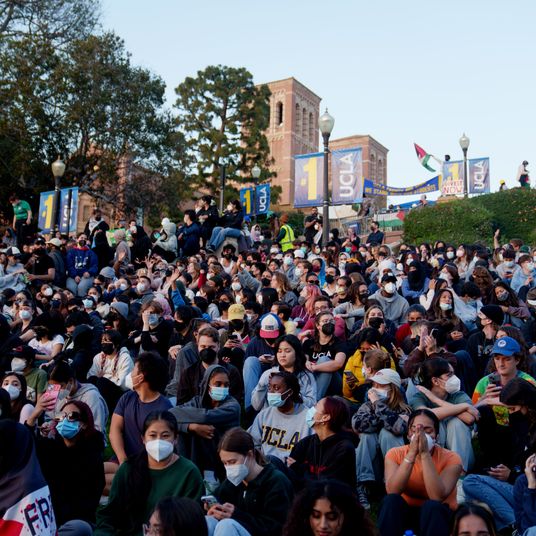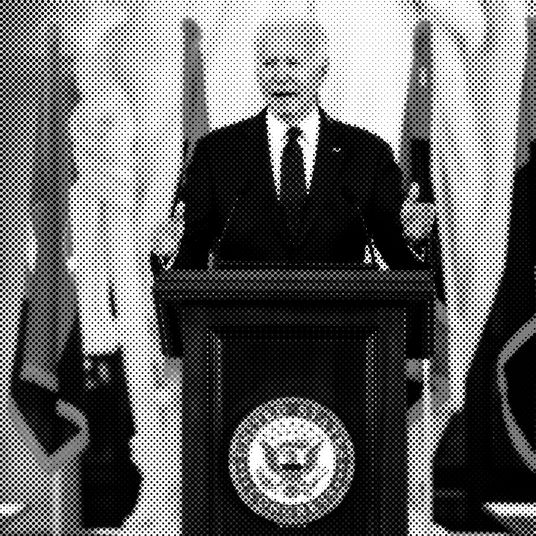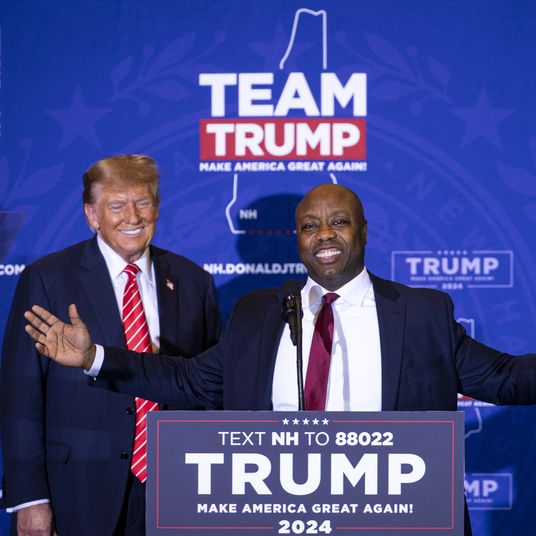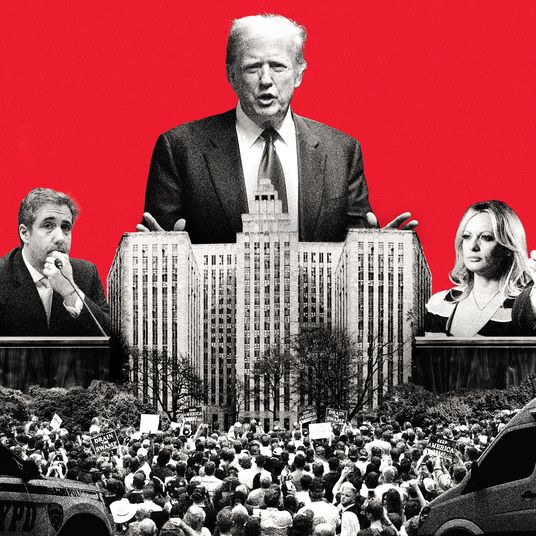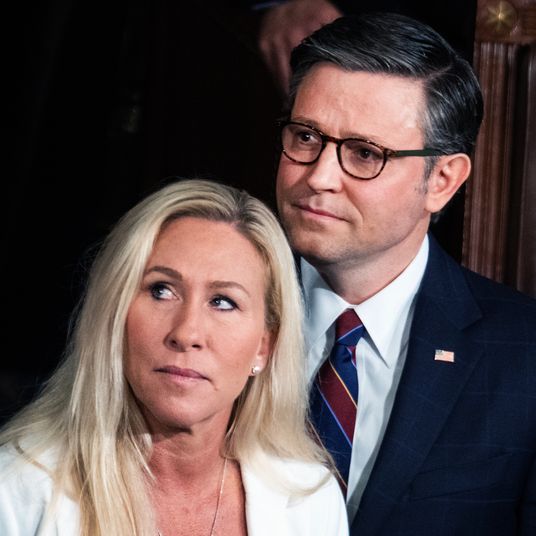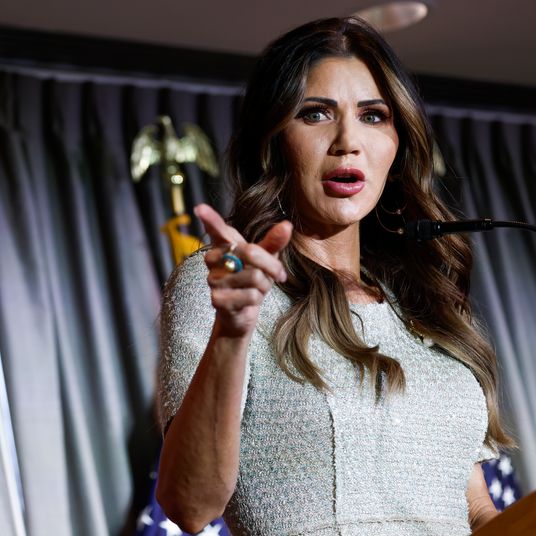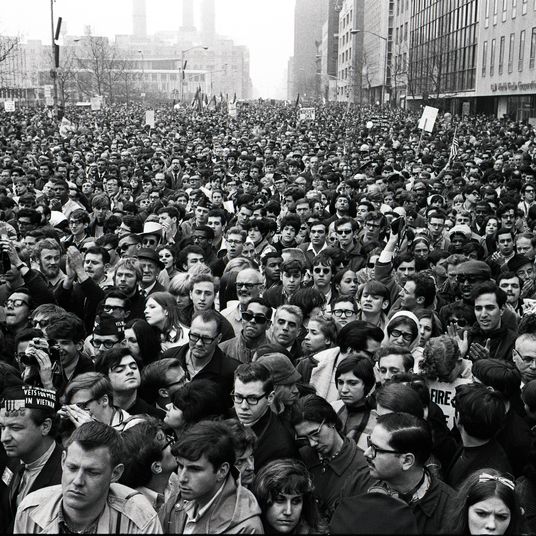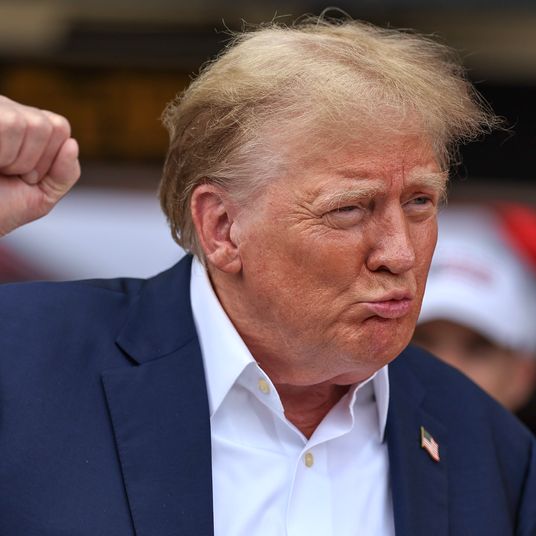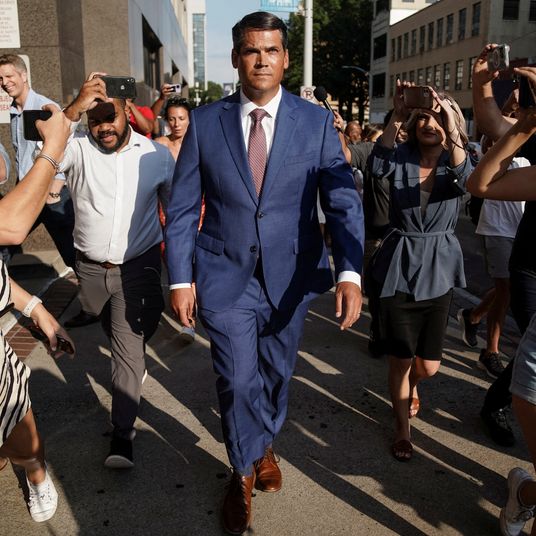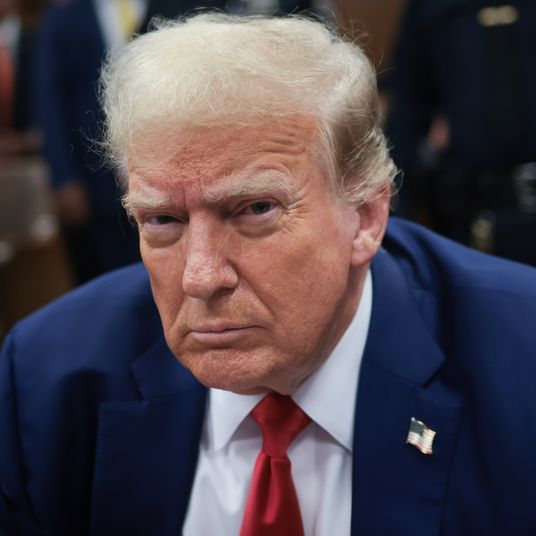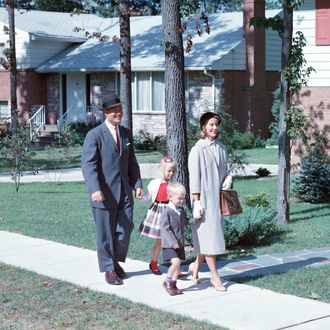
It’s hardly news to observe that partisan polarization in this country is reinforced by sharp divisions in the demographic composition of the two major parties. But National Journal’s Ron Brownstein offers one bit of data that dramatizes the issue as well as any I’ve seen:
>In 2012, whites accounted for about 90 percent of both the ballots cast in the Republican presidential primaries and the votes Mitt Romney received in the general election. The last time whites represented 90 percent of the total American population was 1960.
Think about that. If the Republican Party were a country, it would racially resemble the America of 1960, 55 years ago. Brownstein goes on to argue that Democrats are also out of alignment with today’s demographics — but it most resembles an America of the future, and the not-too-distant future at that.
Ethnic groups now equal just over 37 percent of Americans. But voters of color accounted for nearly 45 percent of President Obama’s votes in 2012. Ethnic minorities likely won’t equal that much of the total population for about another 15 years.
If one party (whose average age of about 52 means that a sizable minority can actually remember the America of 1960) is composed of people who are both aware of their once-dominant position and of how quickly it is slipping away, is there any reason to be surprised that party is strongly influenced by feelings that the country has taken a wrong turn that must be resisted? And should anyone be shocked that reaction to cultural and demographic change might well begin to compete with free-market economics or universalistic values in shaping the party’s positions and leadership?








